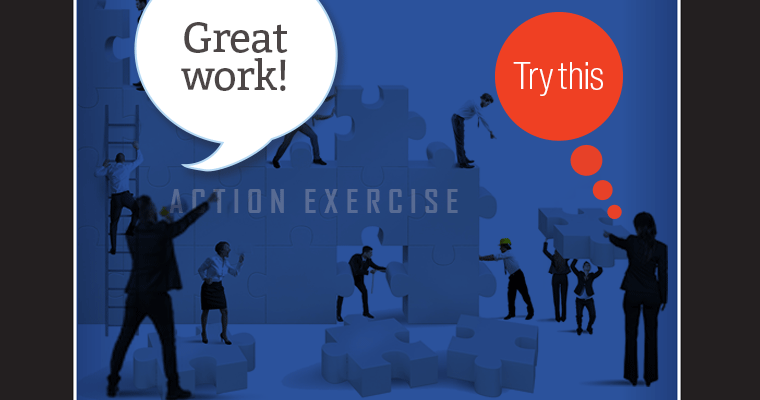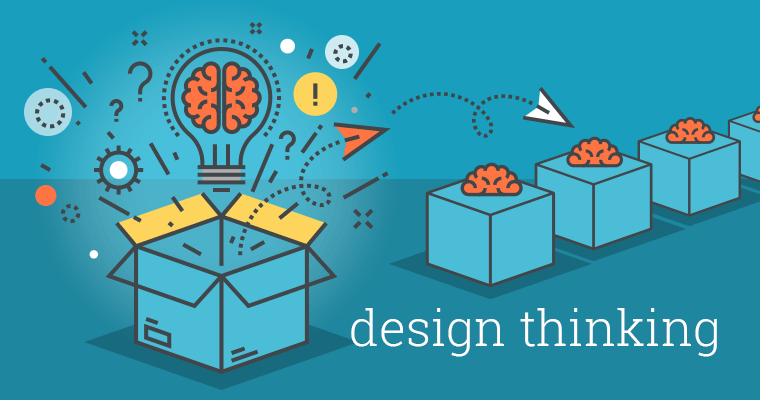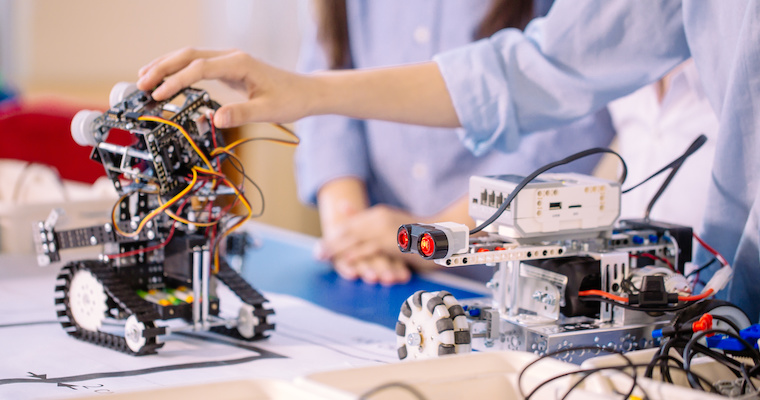
Action Exercises Engage Students More Fully Than Lectures and Exams
Traditional classroom lecture/discussion formats, followed by quizzes and exams, don’t prepare graduates for explaining their innovation to real-world skeptics.

Traditional classroom lecture/discussion formats, followed by quizzes and exams, don’t prepare graduates for explaining their innovation to real-world skeptics.

Americans tend to believe that abilities, traits, and efforts help anyone get ahead. This game examines the huge impact of social and economic factors.

Design Thinking helps entrepreneurs understand their potential customers' real wants and needs – at a deep, often emotional level. Here's how to teach it.

This exercise helps students delve into the mind of an inventor, and understand how ideas can become entrepreneurial ventures.

Students gain exposure to the inner-workings of a business, while entrepreneurs receive a fresh perspective, academic insight and assistance.

This classroom exercise helps students experience and understand the factors behind startup success and failure.

Stanford's ecosystem for student innovators includes a vast network of courses, accelerators, student groups and other resources. This article features students (and their companies) who've benefited.

Many schools want entrepreneurship classes that are “cross-campus” and “experiential.” This class at University of Minnesota does both.

Done right, online teaching can help students actually engage more with their professors and with one another.

This card game for undergraduates and graduate students challenges their mental models and sets the stage for a fruitful discussion about entrepreneurial thinking.

Gaining insight into Afghan society is helping engineering students understand customer behavior and think like entrepreneurs.




Supported by the Richard M Schulze Family Foundation